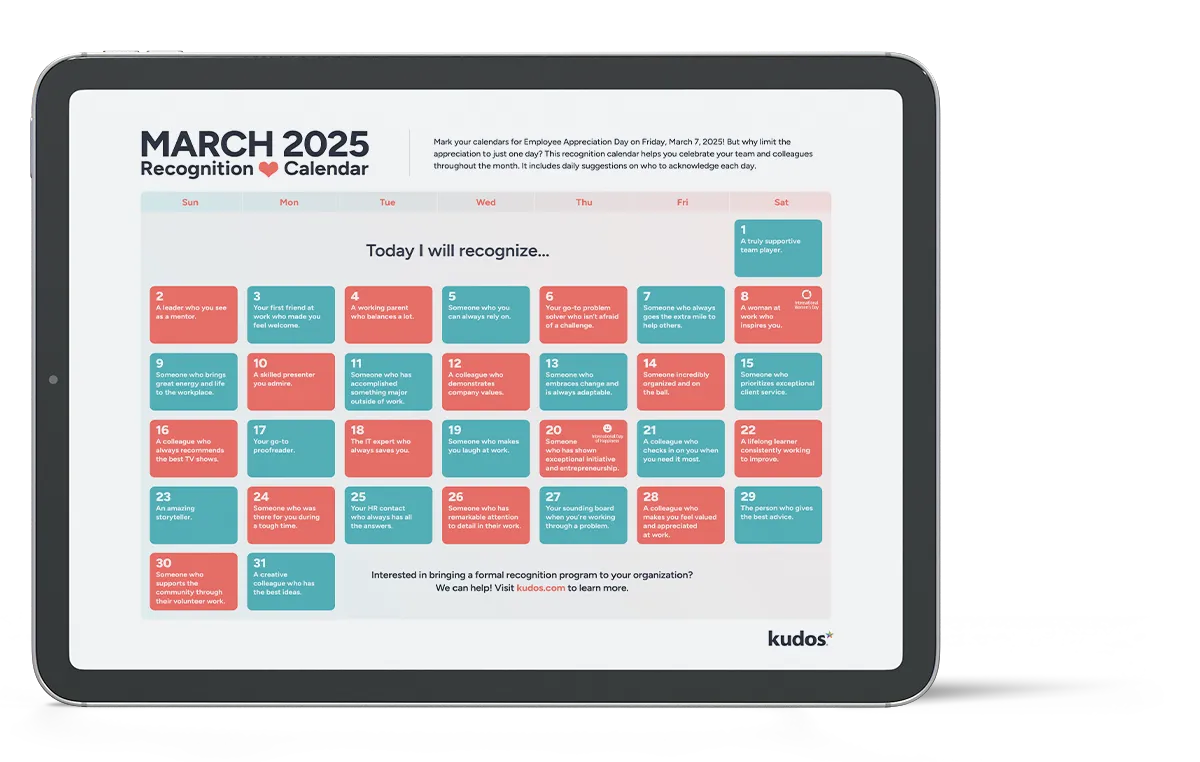How to Prioritize Employee Well-being and Mental Health in the Workplace
Well-being
August 14, 2024
Taryn Hart
X min
Well-being
August 14, 2024
Taryn Hart
X min

We’ve all heard this line before: “Leave your personal problems at the door.”
Today, people are going from stressful personal lives to stressful work lives with no time or space to heal in between. We're expected to compartmentalize, go to work, and perform our best in an environment that isn't always conducive to success.
The importance of employee well-being has transcended from a nice-to-have to a must-have. With the increasing blur between work and personal life, employers and HR leaders are called to prioritize their team’s mental, emotional, and physical health.
Employers and HR leaders, take note: prioritizing the mental and emotional health of your teams is not just an ethical practice—it's a strategic one.
We often assume it’s only our personal lives that cause stress, but it’s also what’s happening at work that’s causing tremendous mental health issues globally. Common headlines today are “Anxiety Is Now the Top Mental Health Issue in the Workplace” or “Employee Stress is at a Record High.”
Employee well-being is a holistic term that includes physical, mental, financial and emotional health, directly influenced by workplace conditions, work-life balance, and organizational culture. It’s about ensuring that employees are not only free from physical ailments but are also genuinely satisfied and mentally stimulated by their work.
Employee well-being is more than just taking care of your employees for the eight hours a day you employ them. There are plenty of initiatives organizations can integrate into their employee well-being strategy that will benefit employees outside of their work:
The more organizations offer resources that will support their employees in their personal lives, the more likely they’re willing to show up and do their jobs well.
Simply put, an employee well-being strategy is an organization's commitment to happier and healthier employees. An employee well-being strategy should include:
By integrating an employee well-being strategy, companies show a commitment to the well-being of their workforce and offer a pledge to support the overall well-being of their teams.
Business decisions are usually made from the top-down, but employee well-being should be the opposite. It needs to be a bottom-up approach – it doesn’t benefit anyone if executives are making well-being decisions based on what they think their employees need. Communication and transparency are crucial when building an employee well-being strategy. Utilize pulse survey tools to gather insights on what your employees are seeking to support their overall well-being.
A focus on employee well-being contributes significantly to a positive workplace culture. It creates an environment that nurtures employee engagement, enhances loyalty, and promotes a sense of belonging. Employees in well-being-centric workplaces are more likely to be innovative, motivated, and committed to their organization’s goals.
Workplaces that successfully manage employee stress and prevent burnout benefit from lower absenteeism and turnover and see improvements in performance and efficiency. Implementing robust well-being programs can lead to substantial productivity gains.
Many studies have revealed staggering facts about the rapidly increasing mental health issues in the workplace. Global events like the pandemic, persistent high inflation, economic downturns, mass lay-offs, war and so much more have contributed tremendously to our overall stress and anxiety:
Todd Katz, Executive Vice President at Metlife explains that we are currently living in a complex macro environment and permacrisis state:
“Against the backdrop of a permacrisis, this year’s study underscores the urgent need for employers to acknowledge the modern challenges that impact their workforce and take steps,” - Todd Katz, Executive Vice President at Metlife
According to Forbes, 84% of employees in a survey reported that their workplace had a negative impact on their mental health. Offering mental health support for employees doesn’t need to be complex, and offering the fundamental basics can go a long way. Here are some practical approaches that work:

Every year Kudos does an analysis on what benefits employees are accessing the most, and what they are allocating their health and personal spending accounts to. In 2023, mental health services were high on the list, so Kudos decided to add more money to that benefit allotment so employees could use their HSAs and PSAs on other resources. Kudos analyzed insights from its employees, followed through with the data, and made an impactful decision that truly benefited its employees.
Our workplaces are not just stages for professional endeavors, they’re also environments where we spend a significant portion of our lives. May is Mental Health Awareness Month, and more organizations are pledging to elevate employee well-being to a top-tier business priority. It is here that we must forge a culture of compassion, understanding, and support.
By embedding well-being into the core of our business strategies, we not only see enhancements in productivity and engagement but also cultivate a workplace that stands as a beacon of health and happiness for everyone. Employee well-being is not an option, it’s a fundamental right and should be talked about, acted on and fought for so one day we can see headlines change to “Employee Happiness is at a Record High”.
For mental health support in the U.S. call 1-800-273-TALK (8255) to reach a 24-hour crisis center, or text MHA to 741741 at the Crisis Text Line.
For mental health support in Canada call 1-888-668-6810 or text WELLNESS to 686868 for youth or call 1-866-585-0445 or text WELLNESS to 741741 for adults.

A newsletter with the best resources for HR professionals.


Challenge yourself to celebrate your team all month long with these helpful prompts.
Get Your Guide